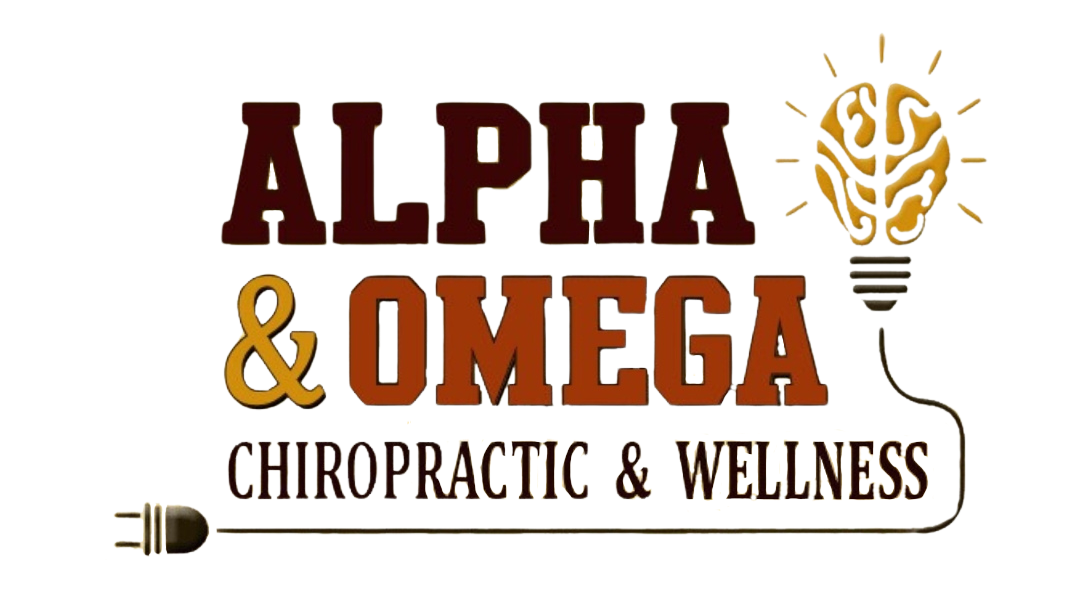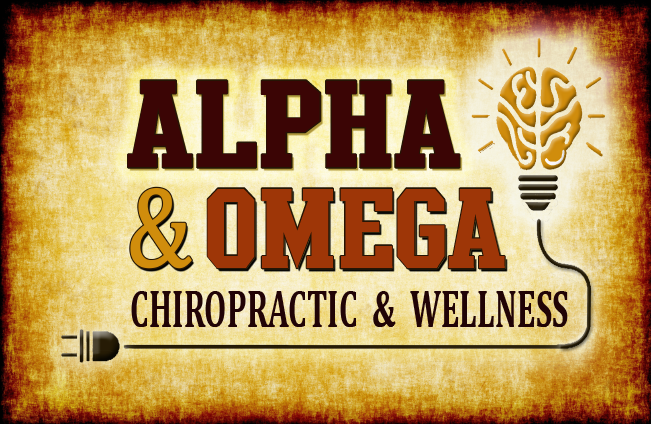Homocystine
The New England Journal of Medicine published an article in 2002 comparing the predictive effects of cholesterol and another blood marker called C-reactive protein. This study looked at almost 30,000 apparently healthy women over an 8-year period and found that the C-reactive marker was a far better predictor of cardiovascular events than cholesterol, LDL, or HDL. Based of this, and a number of other correlating studies, we now have a better understanding of how cholesterol works. C-reactive protein is a marker of inflammation in the body. It’s a general inflammatory marker, but is one of the best tests for general body inflammation. When there are high levels of inflammatory chemicals in the circulation, these chemicals can cause damage to the blood and blood vessels. Going a step further, what causes inflammatory chemicals to be in the circulation? There are quite a few causes but let me give one example. Our body uses a huge cascade of chemicals processes to convert our food into what we need. One example of this is the creation of a protein building block called cystine. To gain this essential protein, we need to take another type of protein called methionine and do some magic chemistry. This chemistry is dependent on B vitamins. If our body is low on B vitamins, we tend to only get half way through the magic chemistry and we are with a chemical that is in between methionine and cystine. This chemical is called homocysteine. Homocysteine, in a healthy body, is immediately changed in to cystine or methionine, but if deficiencies exist it remains in the blood. Homocysteine has been shown to cause mechanical damage to the blood vessels. Mimicking what might happen if you were to pour sugar in our car’s gas tank. The natural process of healing in the human body starts with inflammation. Inflammation draws white blood cells to the damaged area to clear out damaged tissue, and also chemicals like LDL and cholesterol, which provide the building blocks to repair cellular damage. The damage from homocysteine causes inflammation, which raises inflammatory markers, including C-reactive protein. So, in this example, nutritional deficiency leads to an unhealthy chemical biproduct which leads to cellular damage, which leads to elevated inflammation, which then leads to increases in cholesterol and LDL. This is just a good example of how some type of nutritional deficiency can cause damage to the body, which we see in reflected in the blood work. However, what we see in the blood work is more likely a symptom of a problem, not the underlying cause.

